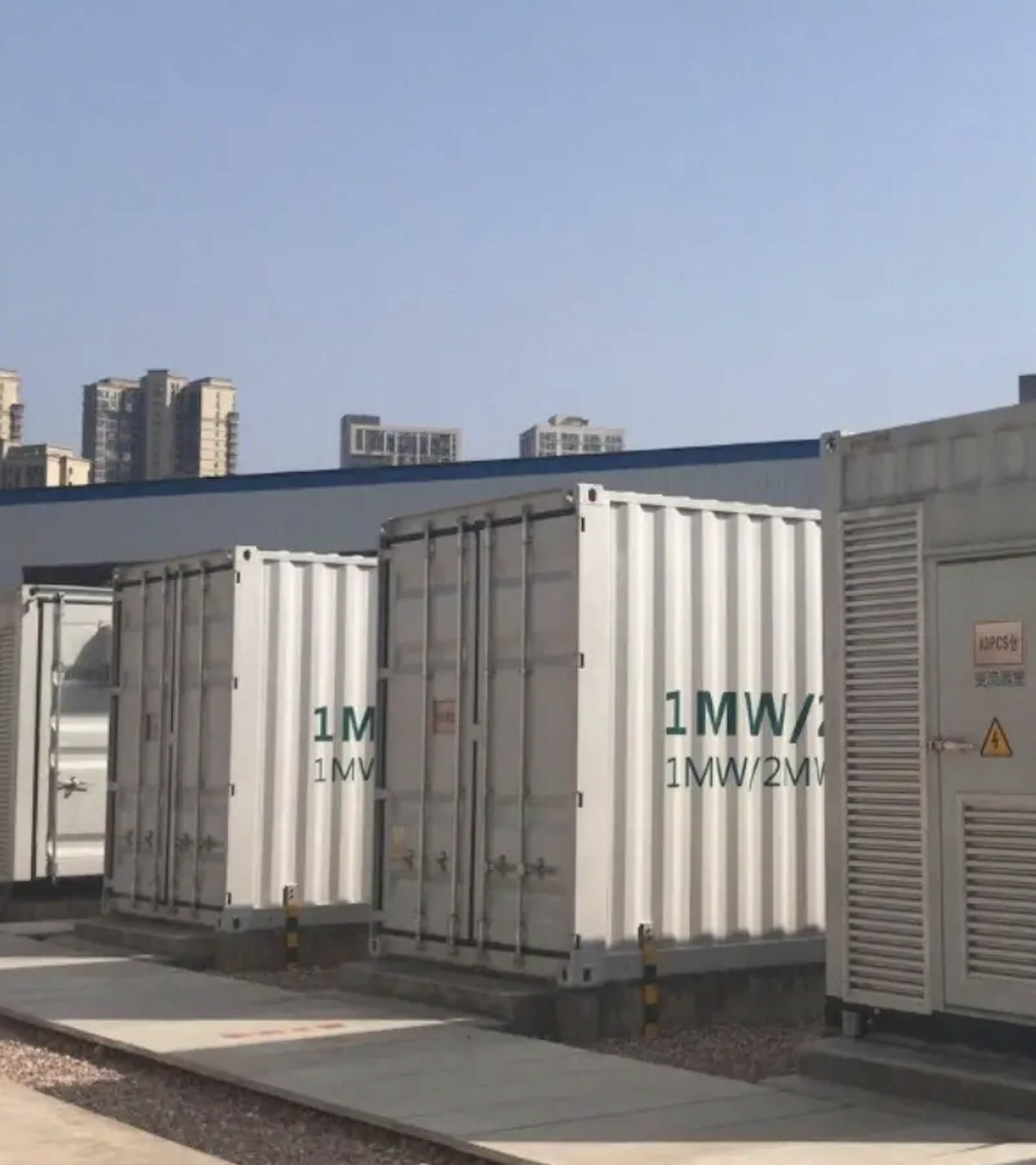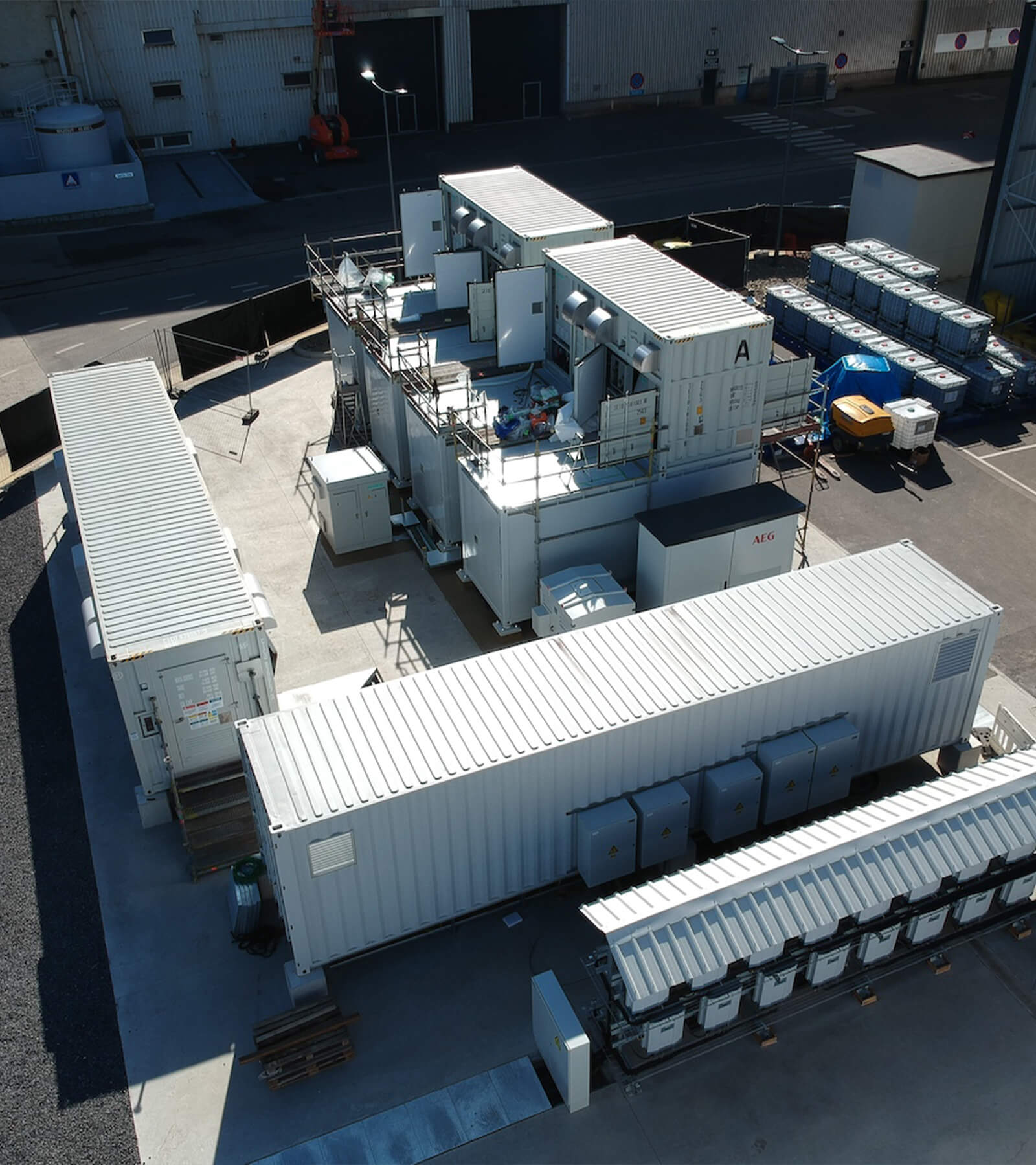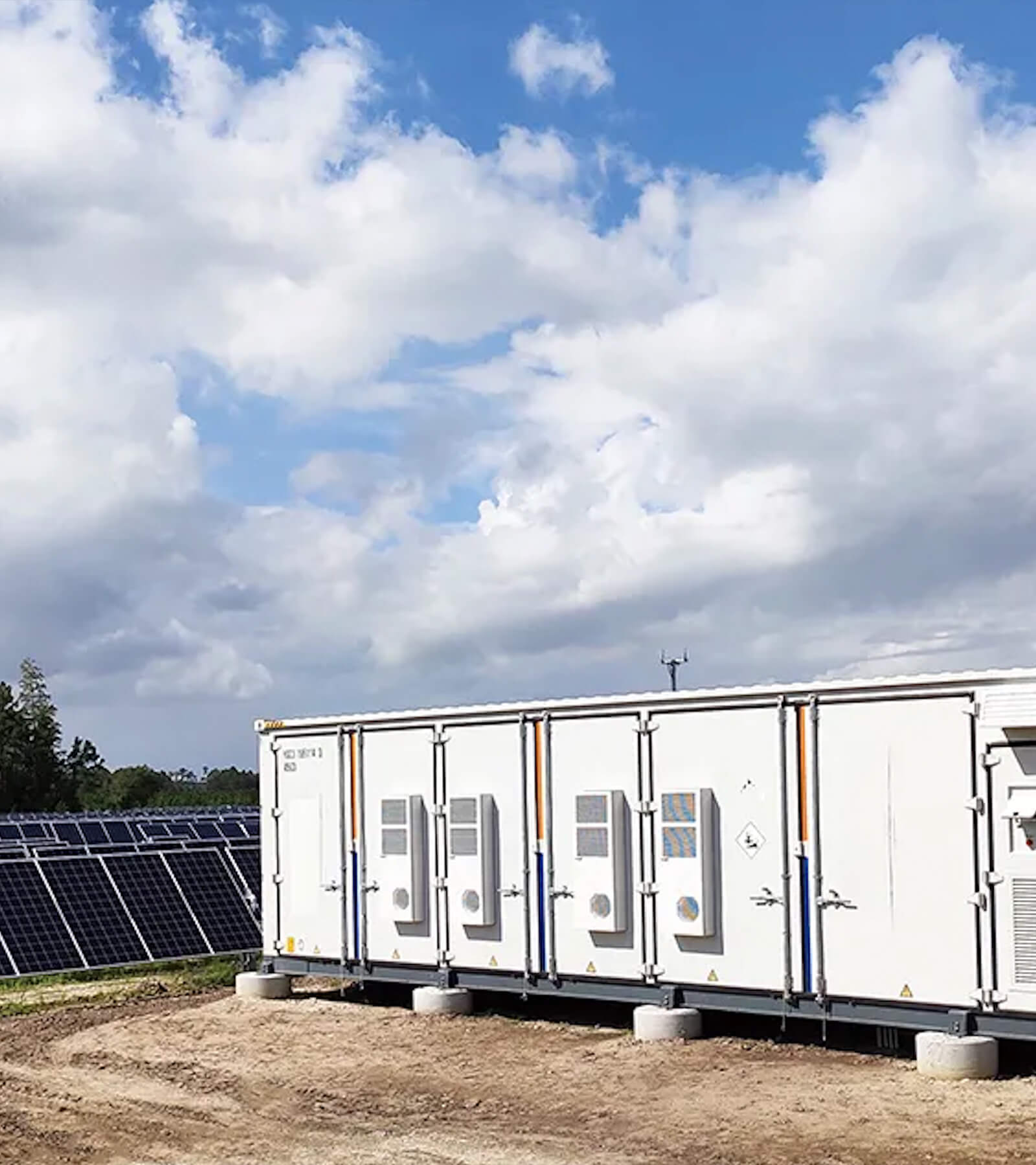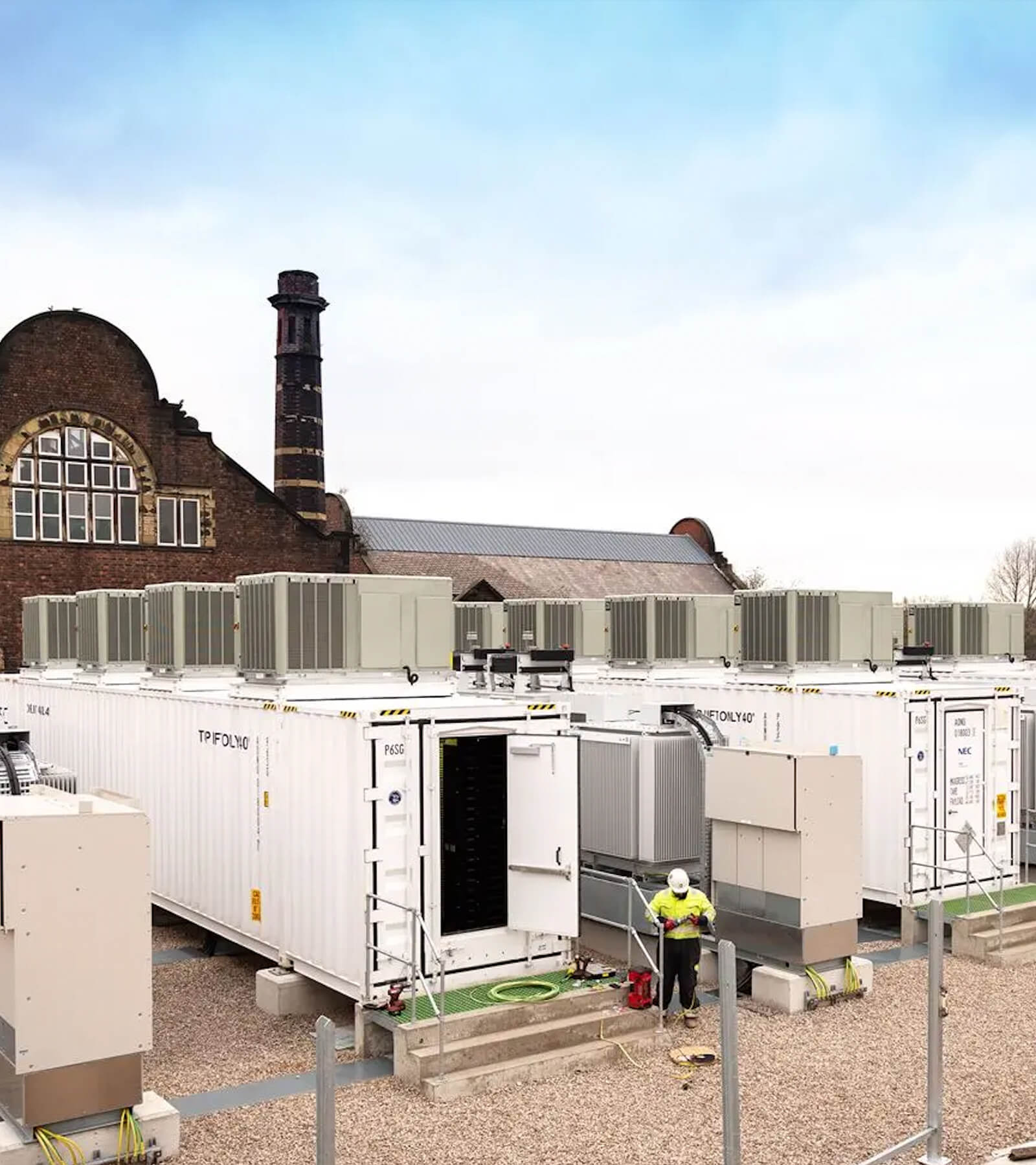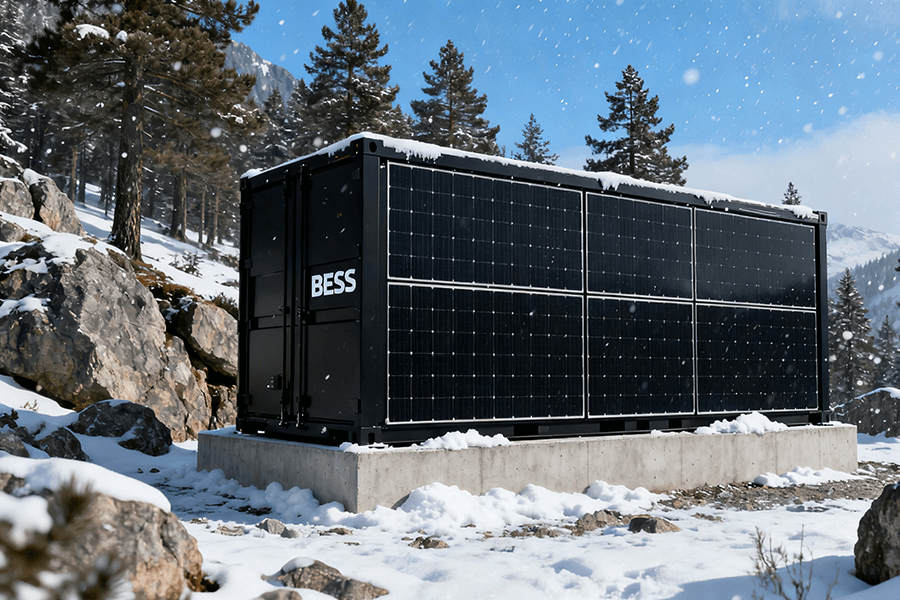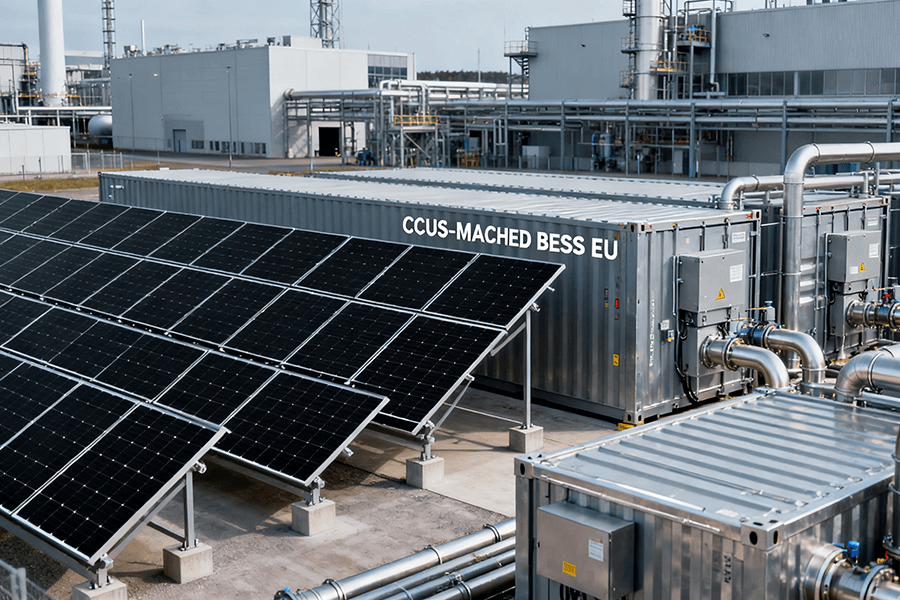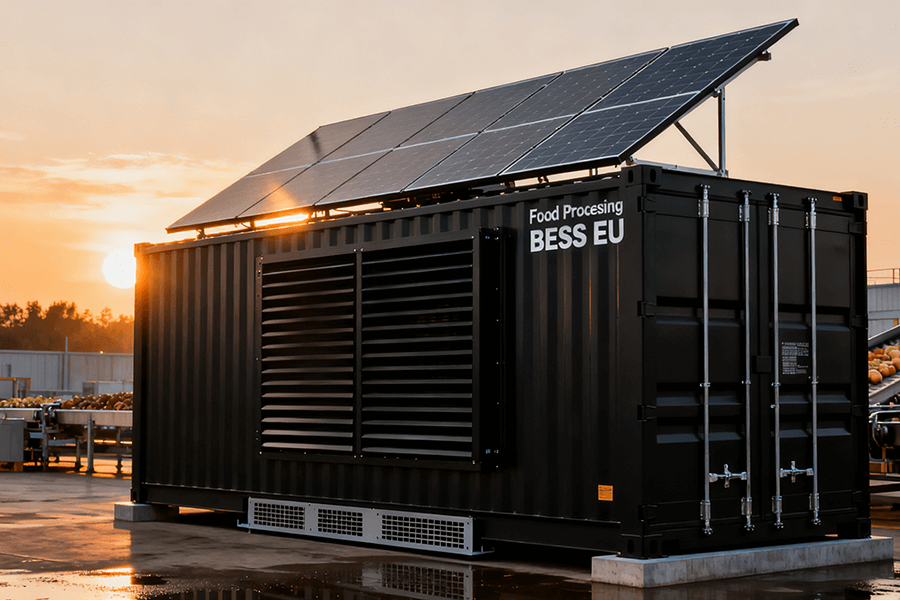
The EU’s EV Boom Needs Mobile Power (Stat!)
By 2025, the EU’s 2035 ban on new petrol/diesel cars has shifted from “future talk” to “urgent action.” As reported by Europarl, road transport accounts for 19% of the EU’s total CO₂ emissions—making EVs non-negotiable for climate neutrality. But here’s the catch: fixed charging stations can’t cover every gap.
Enter mobile EV charging vans—the “first responders” of the EV world. They solve three big problems:
- Events: Imagine a music festival in Barcelona where 500 EVs need a top-up mid-concert (fixed stations would panic; these vans? Chill).
- Remote Areas: In rural Sweden or mountainous Austria, fixed chargers are rarer than a rain-free day in Brussels. Mobile vans fill that void.
- Grid Outages: When storms knock out power, these vans keep essential EVs (think delivery trucks, emergency vehicles) running.
And at the heart of these vans? BESS Containers—compact, solar-ready storage units that turn “we need power” into “we’ve got power.”
Compact BESS Designs: Small Size, Big Impact
BESS Containers for mobile vans aren’t bulky “energy fridges”—they’re engineered to fit like a glove in van cargo areas. Below is a comprehensive breakdown of their key technical specifications, complemented by real-world range estimates and data on grid independence capabilities:
| BESS Capacity | Physical Dimensions (L x W x H) | Volume (m³) | Weight (Approx.) | Paired Solar Panel Output | EV Range Per Charge | Grid Hookup Reduction |
|---|---|---|---|---|---|---|
| 10 kWh | 1.0m x 0.6m x 0.5m | 0.3 | 180 kg | 3–5 kW | 50–80 km | Up to 70% |
| 20 kWh (Most Popular) | 1.2m x 0.8m x 0.6m | 0.576 | 320 kg | 5–6 kW | 80–120 km | Up to 70% |
| 30 kWh | 1.5m x 1.0m x 0.7m | 1.05 | 450 kg | 6–8 kW | 120–150 km | Up to 70% |
Why This Matters:
1. Solar Synergy
In southern European regions, characterized by abundant sunlight, a standard 5 kW rooftop solar panel (commonly installed on mid-sized vans) can generate 25–30 kWh/day. This output is based on an average of 5–6 peak sun hours per day, as reported by SolarPower Europe. The implications are significant:
- Self-Sufficiency: The daily solar energy harvest is sufficient to fully recharge a 20 kWh BESS, ensuring continuous operation of the mobile charging unit.
- Multiples EV Charging: Beyond recharging the BESS, the surplus energy can power 3–4 EV top-ups, eliminating the need for grid connection in most daily operational scenarios.
2. Grid Independence
Reducing grid reliance by 70% offers both environmental and economic benefits:
- Environmental Impact: By minimizing dependence on the grid, which often sources electricity from fossil fuels, mobile EV charging vans significantly reduce their carbon footprint.
- Cost Savings: For van operators, especially in countries like Germany where industrial grid power costs approximately €0.30/kWh, the reduction in grid usage translates to substantial savings on electricity bills. Over the long term, these savings can offset the initial investment in BESS and solar panel systems.
Fast-Charging & EU Compliance: Safe, Speedy, and Standard
EV drivers hate waiting—and BESS-powered vans don’t make them. Here’s how they deliver speed and safety:
Fast-Charging: 30 Minutes = Road-Ready
These vans are engineered to redefine convenience with up to 50 kW DC fast charging capabilities—a technological leap that significantly reduces charging downtime. Here’s a closer look at the real-world impact:
| Electric Vehicle Model | Battery Capacity | Charging Scenario | Time Required | Range Added |
|---|---|---|---|---|
| Volkswagen ID.3 | 58 kWh | 20% to 80% charge | ~35 minutes | N/A |
| Tesla Model 3 | 75 kWh | Quick top-up | 30 minutes | ~120 km |
This speed isn’t just a number—it’s a lifestyle upgrade. For instance, a Volkswagen ID.3 with a 58 kWh battery can replenish from 20% to 80% charge in approximately 35 minutes. This is a stark contrast to the 4+ hours it would take on a standard 7 kW slow charger. Similarly, a Tesla Model 3 owner can gain around 120 km of range during a 30-minute pit stop, turning a routine coffee break on a road trip into an opportunity to power up and get back on the road quickly.
3.2 EU Standards: No Cutting Corners
In the European market, safety and interoperability aren’t optional—they’re the foundation of our design philosophy. All BESS-equipped vans adhere to two critical regulatory frameworks:
3.2.1 OCPP 2.0.1: The Universal Charging Language
The Open Charge Point Protocol 2.0.1 acts as the “lingua franca” of the EV charging ecosystem. This standard ensures seamless communication between the charging van and any electric vehicle on the market, regardless of brand. Whether it’s a Tesla Model Y, a Renault Zoe, or a BMW i3, our BESS vans guarantee compatibility, eliminating the frustration of incompatible charging systems. For a deeper dive into the technical details, visit the Open Charge Alliance.
3.2.2 CE LVD/EMC Certification: Dual Layers of Safety
- CE Low Voltage Directive (LVD): This certification is a non-negotiable safety requirement. It rigorously tests and verifies that the charging system operates within safe voltage parameters, protecting both the user and the vehicle from electrical hazards.
- Electromagnetic Compatibility (EMC): EMC certification ensures that our BESS vans won’t interfere with other electronic systems. Whether it’s the van’s onboard navigation or the EV’s infotainment system, you can charge with confidence, knowing that your devices will continue to function without disruption.
Sizing Guide & EU Funding: Smart Choices = Free Money
Pick the Right BESS Size (It’s Easier Than Shoe Shopping)
Determining the optimal Battery Energy Storage System (BESS) capacity for your mobile EV charging van doesn’t have to be a daunting task. Follow this straightforward rule of thumb, which aligns BESS sizes with common usage scenarios:
| Daily EV Charges Needed | Ideal BESS Capacity | Best For | Use Case Details |
|---|---|---|---|
| 1–2 | 10 kWh | Small delivery fleets (e.g., Parisian bakeries) | Suitable for low-volume, urban operations with predictable short-range EVs, like electric scooters for local deliveries. |
| 3–5 | 20 kWh (Most Popular) | Event vans, rural service routes | Ideal for mobile charging at festivals, concerts, or in rural areas with limited charging infrastructure. Can support a mix of EVs, from compact cars to small delivery vans. |
| 6+ | 30 kWh | Large fleets (e.g., Amazon EV delivery vans) | Designed for high-demand operations, such as supporting a large fleet of electric delivery trucks. Ensures continuous charging support throughout the day. |
When choosing a BESS, also consider these additional factors:
- Charging Speed: Faster charging rates require higher-capacity BESS systems to maintain consistent performance.
- Vehicle Types: Different EVs have varying battery capacities and charging requirements. Ensure your BESS can accommodate the most common vehicles in your service area.
- Growth Plans: If you anticipate expanding your operations in the future, consider a slightly larger BESS to avoid the need for premature upgrades.
EU Funding: Get Paid to Go Green
The European Union is committed to accelerating the transition to sustainable mobility, and the Connecting Europe Facility (CEF) plays a pivotal role in this initiative. BESS-powered mobile EV charging vans are eligible for substantial financial support under this program, as outlined by the European Climate, Infrastructure and Environment Executive Agency (CINEA).
Key Benefits of CEF Funding
- Cost Coverage: CEF grants can cover up to 50% of project costs for solutions that enhance cross-border EV infrastructure, significantly reducing the financial burden of adopting BESS technology.
- Flexible Eligibility: The program supports a wide range of projects, from small-scale pilots to large-scale fleet deployments, making it accessible to businesses of all sizes.
- Long-Term Investment: By investing in BESS-powered vans, companies can future-proof their operations, align with EU sustainability goals, and gain a competitive edge in the growing EV market.
Real-World Example
Consider a Dutch company planning to convert 10 traditional vans into BESS-equipped mobile EV charging units. With an average conversion cost of €100,000 per van, the total project investment would amount to €1,000,000. Under the CEF program, this company could potentially secure a grant of approximately €50,000 per van, totaling €500,000—half of the project cost. This substantial financial support not only makes the investment more feasible but also positions the company as a leader in sustainable transportation.
To apply for CEF funding, companies must:
- Meet Eligibility Criteria: Ensure your project aligns with the CEF’s objectives and technical requirements.
- Develop a Comprehensive Plan: Outline your project’s scope, budget, expected outcomes, and contribution to EU sustainability goals.
- Submit a Strong Application: Provide detailed documentation, including financial projections, technical specifications, and letters of support from relevant stakeholders.
By leveraging CEF funding, businesses can not only reduce the upfront costs of adopting BESS technology but also contribute to the EU’s ambitious targets for sustainable mobility and carbon neutrality.
Maxbo Solar: Your BESS Partner for EU Mobile Charging
At Maxbo Solar (www.maxbo-solar.com), we’re not just another solar equipment provider. We’re architects of sustainable energy solutions meticulously crafted for the diverse climates and regulatory landscapes of Europe. Let us illuminate how our offerings can supercharge your mobile EV charging van project:
Tailored Off-Grid Solar Kits
Designed with van mobility in mind, our pre-configured solar kits are the epitome of versatility and resilience.
- Extreme Climate Adaptability:
-
- Mediterranean Heat: Equipped with advanced PID suppression technology, our solar panels ensure an annual efficiency loss of ≤1%, guaranteeing consistent performance even under the scorching southern sun.
-
- Nordic Cold: Built to withstand temperatures ranging from -25°C to +60°C, these panels keep charging operations running smoothly, regardless of the frigid Arctic conditions.
- Plug-and-Play Simplicity: With easy-to-install mounting brackets and pre-wired connections, you can transform your van into a mobile charging station in no time.
Customizable Lithium BESS Options
Say goodbye to battery-related worries with our state-of-the-art Lithium Battery Energy Storage Systems (BESS).
- Capacity Flexibility: Choose from a range of 10–30 kWh units, tailored to meet your specific energy demands. Whether you need a compact system for urban deliveries or a high-capacity setup for long-haul routes, we’ve got you covered.
- Intelligent Temperature Management: Our BESS units feature integrated thermal regulation technology, preventing overheating in summer and ensuring optimal performance in winter. No more “battery panic”—just reliable, year-round energy storage.
Regulatory Compliance Made Easy
Navigating the complex world of European regulations is a breeze with Maxbo Solar.
- Standards Adherence: All our kits are fully compliant with OCPP 2.0.1 (Open Charge Point Protocol) and CE LVD/EMC (Low Voltage Directive/Electromagnetic Compatibility) standards, ensuring seamless integration with existing charging infrastructure and peace of mind.
- Hassle-Free Paperwork: We handle all the necessary documentation and certification processes, saving you time and effort. Focus on what matters most—providing on-demand EV charging services across Europe.
With a proven track record of partnering with van operators from the sun-kissed shores of Lisbon to the snow-capped landscapes of Helsinki, we know that mobile EV charging doesn’t have to be complex. At Maxbo Solar, we’re not just your supplier; we’re your strategic partner, speaking the languages of EU standards and practicality with equal fluency. Let’s drive the future of sustainable mobility together.

